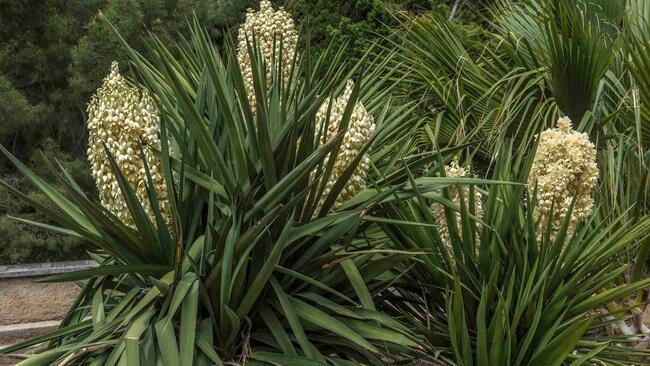
Photo Credit
Bekker24
Botanical Name
Cycas spp.
Plant Type
Sun Exposure
Soil pH
Subhead
Everything You Need to Know About Planting, Growing, and Caring for Sago Palms
Read Next
Types
There are several types of sago palms.
- King sago palm (Cycas revoluta) is the most commonly cultivated and grown of the sago palms. Arching fronds may be more than 3 feet long and form a rosette similar to a Boston fern. Shorter and more shrub-like, these are fantastic container plants in large urns.
- Queen sago (C. rumphii) is more tree-shaped with a single trunk that may eventually reach 20-30 feet tall. Individual fronds can be up to 8 feet long. They make an attractive, if slow-growing, growing shrub border.
- Queen sago palm (C. circinalis) is a short tree. It grows to a height of about 10 feet with a single trunk and a crown of leaves, looking more like a traditional, if shorter, palm tree.
Gardening Products
More Like This
Thank you to the others who commented about not having this around pets and/or children. I don’t know what kind of toxicity this has to humans but as a veterinary technician I can tell you every part of this plant is fatally toxic to pets.
Could you please stop highlighting "houseplants" that are toxic to children and/or pets?? I can't tell you how often I find myself browsing through an article about a beautiful houseplant and musing where I might put it in my house, only to find - late in the article! - that it's poisonous. Please find more non-toxic houseplants! and if you must keep describing toxic ones, at least put that information early in the article so that I can stop wasting my time.
Proceed with caution if you have children and/or pets. All parts of the Sago palm are poisonous.












Comments